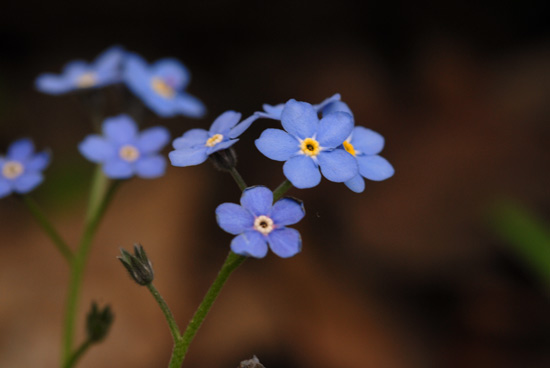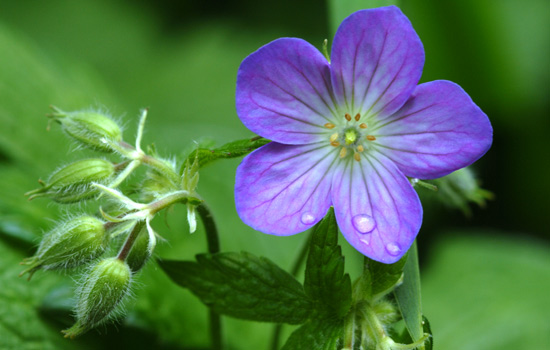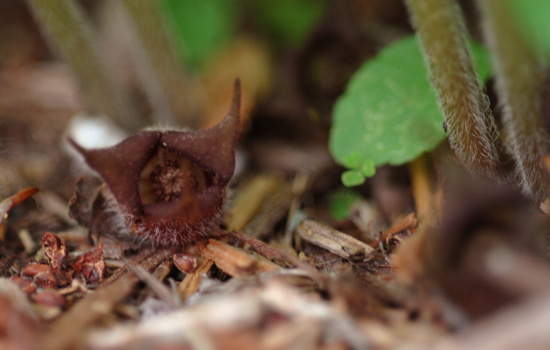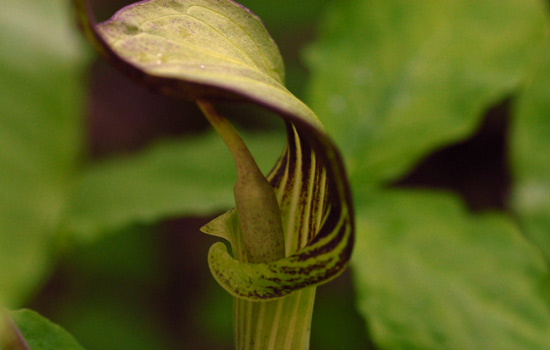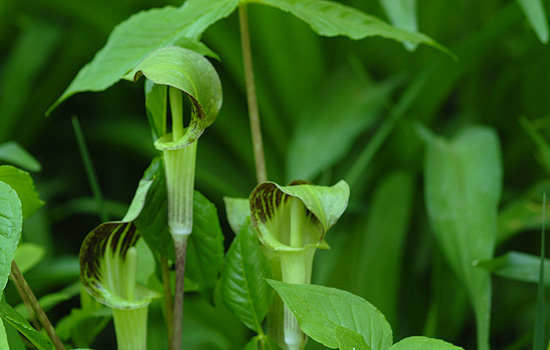It’s the time of year that reminds me why I love this place. Four seasons, four celebrations of diversity. I must admit I love Autumn most of all, but Spring is a close second. Summer and Winter tie for third.
After pondering the last paragraph, I misspoke. They’re all tied for first, except Spring leaned forward at the finish and hit the tape .001 seconds before Autumn. Close enough for the judges to dispute it.
The yard is out of control. I have a feral yard, one that indicates the owner of it is less than enthusiastic about grooming. I’ll keep it as tidy as I can with some help from Son 1.1, who mows the hay and scoops dog poo. He pulls garlic mustard (thanks, neighbors, for keeping a healthy crop), as do I, but all in all, it’s pays sauvage.
Not that’s it’s a bad thing. Some of my more meticulous neighbors groom their lawns and flower beds as if they were starting a mini country club. Me, I focus on native flowers when possible. One could argue that hostas are native here, so I do have a small hosta bed in front of the shack. I like the ones that are various shades of green and grey. The green and white ones — they’re the zucchini of hostas. People dig them up and leave them on your porch when you’re not watching. It cracks me up when I see people selling that variegated variety. It’s like going to the beach and paying for sand.
The forget-me-nots are a favorite (top pic). Tiny, but lovely, they remind me of my daughter, who once dumped a kayak in what we came to call Forget-Me-Not Rapids due to the FMNs growing along the river there. I picked a sprig and stuck them on her kayak as a talisman. Wild Columbine (next to top) is a self-seeder, so it could be considered a weed if it weren’t so lovely. It grows in the mountains out west, but it grows better here. Lots of moisture. There are more elaborate cultivars but they’re gaudy. Good for someone else.
My childhood recollection of geraniums conjures up the large, stinky red globs of flowers with fragile steps. The smell continues to remind me of little old ladies in house frocks tying them to sticks with pieces of panty hose.
But Wild Geranium…different story. These I see in the woods along favorite rivers. Subtle little plants, but the closer you get (thanks to a macro lens), the more beautiful the flowers are. The art-directed water drop is a bonus.
Wife 1.2a likes Wild Ginger, as does Husband 1.X (not sure of my classification). The blooms exist under a canopy of their own leaves, nestled against the decay of the forest floor. Not at all showy, they don’t need to be. Instead, they smell a little off, not horribly stinky but like a piece of something that was left out overnight on the counter. Not exactly rotten, but you probably wouldn’t eat it. The color is that of rotting flesh, maybe an animal that didn’t make it through the winter. Small flies that emerge early in Spring find these flowers, feast on the pollen that is an early and possibly sole source of protein for the little guys. You don’t have to be gorgeous to attract a pollinator.
There’s a joke there somewhere. I will not pursue it.
It gets better. The seeds come later, of course. Each seed has a little gift attached to it…an elaiosome, a nutritious little bump that is the ant equivalent of a ribeye steak. The ants drag the seeds off to their underground Uncle Milton’s, and there ya go. A win-win situation. So I love Asarum canadense for the story as much as the plant.
I thought I’d make it through this without a Linnean classification but I can’t help myself.
The Jacks are up, and it has been a good year for them. Not sure why, but, well, there it is.
I have distinct memories of devouring the Encylopedia at my grandparent’s house. Sunday afternoons we’d have dinner, and between dinner and the Wonderful World of Disney I’d grab a random volume and find a quiet place.
I remember reading about wildflowers…pink Lady Slippers, Indian Pipes (not a flower, but deal with it), Sundews and Pitcher plants, Wood Violets, and of course, the spectacular Jack In The Pulpit. For some reason I missed the part where it says “The Jack in the Pulpit usually grows to a height of one to two feet.” I thought they would be huge.
Growing up in the desert, I didn’t see anything like these plants. The only sort-of wildflower were the California Golden Poppy, our state flower, which lived for a few weeks then was gone. Like most of SoCal, we had two seasons; Green (2 months) and Brown (10 months). There was barely enough water to keep grasses and sagebrush alive, and the soil was poor. To get the rich black stuff, you need plants to decay and leave nutrients. So these plants lived in my imagination for twenty odd years.
As I was pulling Garlic Mustard (Painintheassus omnipresentius), I noticed a big old stalk already a foot tall, with emerging leaves and the beginnings of a spathe (the pulpit) and spadix (Jack). Hiding among the invasive GM was a lovely, large JITP. I carefully cleared out the GM around it, and now the yard has another native plant. Further careful clearing exposed more of them, maybe a dozen. It slowed the process of pulling out weeds, but it some ways it was better. I was more mindful of what I was doing, and I was looking for more Jacks.
Nonbiological Daughter 1.0 (heretofore referred to as NBD 1.0) was helping. She has no yard, so she actually likes doing yard work. This is symbiosis at its finest. Being from a desert herself, she was stunned by the black soil and the variety of plants co-existing in such a small area. I had to teach her to spot the weeds, obvious to me but clearly an acquired skill. NBD was as fascinated by the JITPs as I was when I first saw them. They’re magic, they’re beautiful, they’re simple, and it gave me renewed desire to get ride of the P. omnipresentius.
We’re on it.
Respectfully submitted,
Canoelover
Note: The Linnean appellation I gave Garlic Mustard is not the real one. I took a page from Warner Bros. cartoons when describing the Road Runner (Acceleratis incredibus) and Wile E. Coyote (Famishus eternalii).

